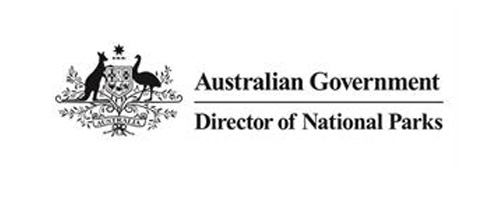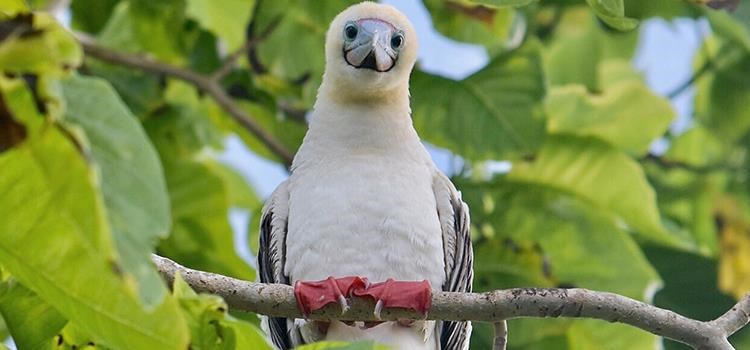
Project: 3.2.2.3
A tool for evaluating biodiversity monitoring programs in national parks
Project Leaders: Darren Southwell
Research in Brief
Monitoring is crucial for determining trends in plant and animal populations and their response to management. However, decisions about how much to invest in monitoring, and where, when and how to allocate monitoring effort, are complex. Poorly designed or under-resourced monitoring programs can fail to detect important changes in species abundance and/or distributions, leading to warning signs being missed or valuable conservation resources wasted.
This project will further develop a computer simulation tool (SPOTR) for evaluating the performance of biodiversity monitoring programs. In collaboration with Parks Australia, the tool will assess existing monitoring programs in a selection of Australian Government national parks to compare the cost-effectiveness of alternative monitoring designs.
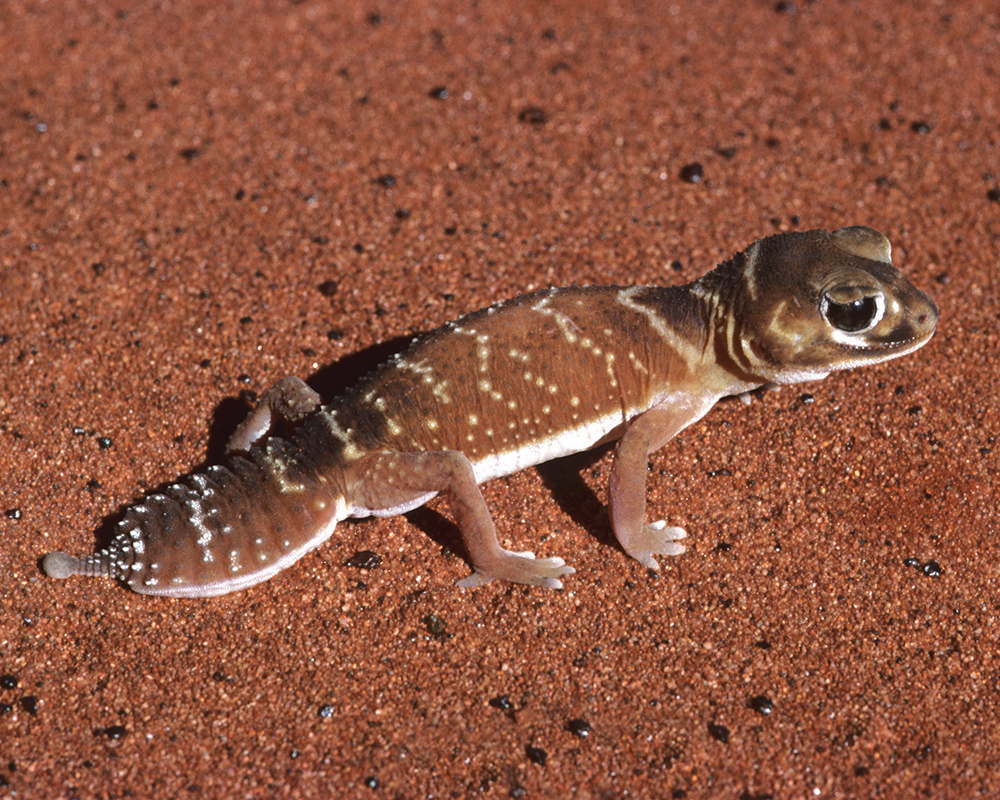 Knobtail gecko. Photo: Stanley Breeden
Knobtail gecko. Photo: Stanley Breeden
Why is the research needed?
Monitoring the status and trends of plant and animal populations is crucial for determining whether populations are changing over time and whether management strategies are working. However, deciding how much to invest in monitoring, and where, when and how to allocate monitoring effort, is complex. Decision-makers must weigh up many difficult trade-offs, such as which species to monitor, which population metrics to track, the type(s) of sampling methods, the duration of monitoring, the number and locations of sites, and the frequency and intensity of sampling. A recent review of threatened species monitoring in Australia showed that very few threatened species monitoring programs are adequately designed to detect meaningful population trends (Legge et al. 2018).
One reason for this is that there are few freely available tools that can evaluate the likely performance of biodiversity monitoring programs before they are implemented. There is an urgent need to develop such tools, and to ensure that they are as simple to use as possible so that they can easily be adopted by decision-makers and managers and so support more informed decision-making. 
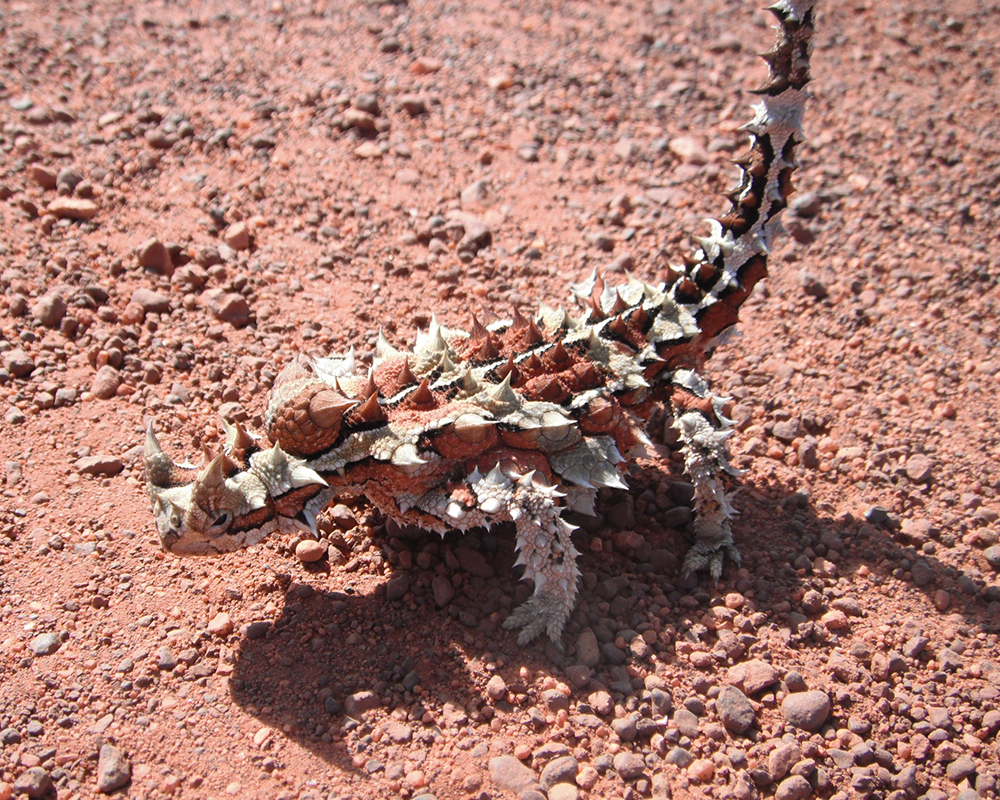 Thorny devil. Photo: Parks Australia
Thorny devil. Photo: Parks Australia
How will the research help?
A monitoring simulation tool, SPOTR, was developed in a previous NESP project by the University of Melbourne (Southwell et al. in press). The tool works by simulating the monitoring data that we might expect to collect in future, given distributional maps of where species are likely to occur now and how difficult they are to detect during surveys. The tool is freely available as a package in the statistical software R, but lacks an easy to use, front-end interface.
This project will update the current version of the tool to contain a front-end interface with interactive maps, drop-down menus and other features to help guide users. This modification will make the tool more attractive and accessible, increasing its adoption and real-world impact, leading to better investment in monitoring decisions.
While developing the tool, this project will evaluate existing monitoring programs for species in two national parks managed by Parks Australia: forest birds in Christmas Island National Park and the great desert skink in Uluru-Kata Tjuta National Park. Parks Australia will provide distributional data and monitoring scenarios for the case study species and will also play a crucial role providing feedback on desirable features of the tool and helping to produce a user manual and worked examples.
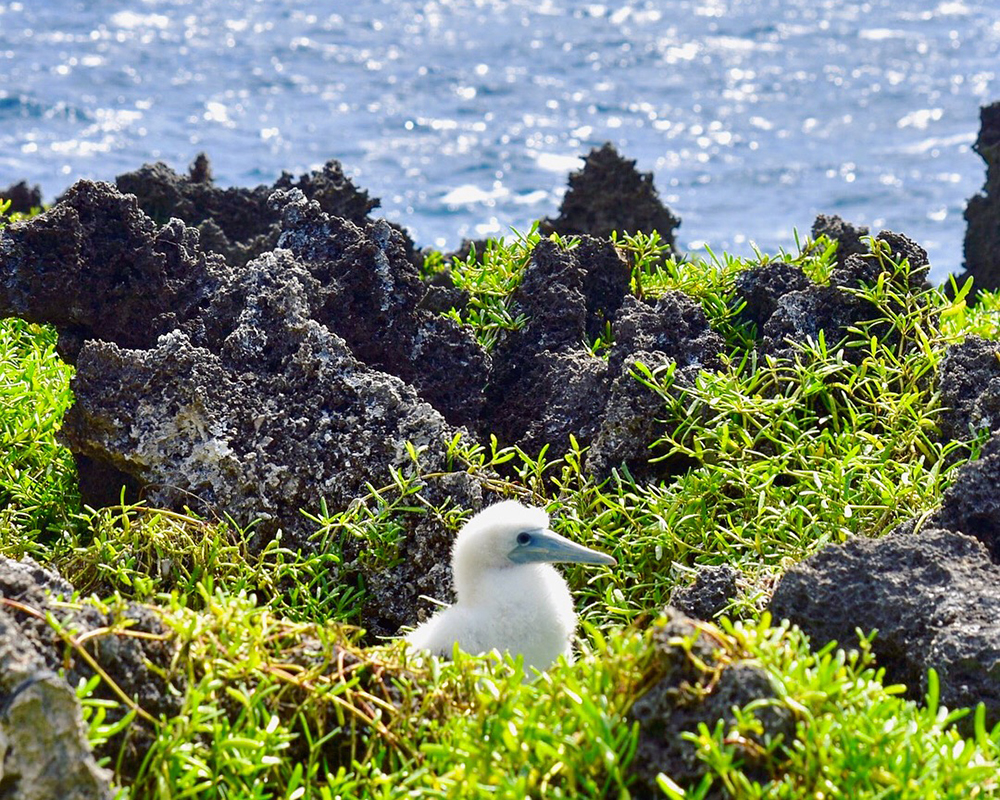 Baby booby. Photo: Parks Australia
Baby booby. Photo: Parks Australia
What research activities are being undertaken?
The project will have two main parts, which will run in parallel and inform each other. The first part will focus on improving the functionality and accessibility of the simulation tool. A user-friendly interface will be added to the existing monitoring simulation framework.
This will be achieved in consultation with Parks Australia staff, who will provide valuable feedback on the desired features of the tool. A user manual will be developed to further increase uptake.
The second part of the project will be to gather and collate existing data for the proposed case study species: forest birds on Christmas Island and the Great Desert Skink in Uluru-Kata Tjuta National Park. Where available, existing species distribution maps or estimates of detectability will also be collated for the case study species. Using this information, the monitoring simulation tool will be used evaluate statistical power of existing monitoring programs at detecting changes in the species distributions, given available monitoring resources. The tool will then be used to compare the relative effectiveness of alternative monitoring designs, developed in consultation with Parks Australia staff.
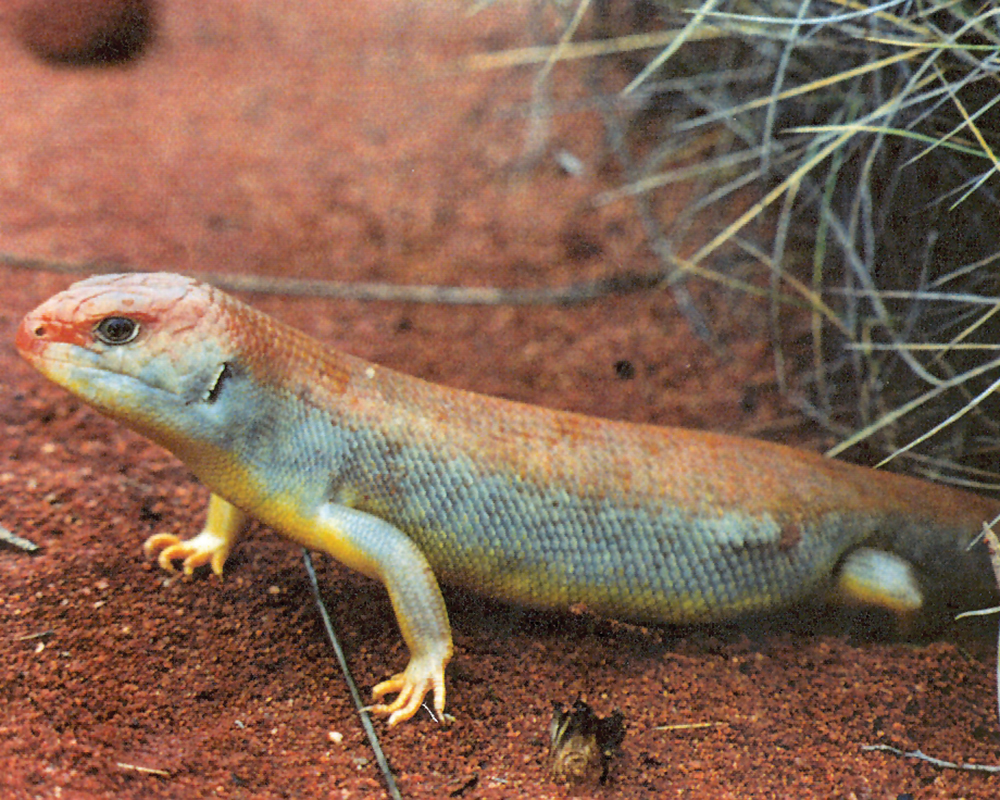 Great desert skink. Photo: Parks Australia
Great desert skink. Photo: Parks Australia
Who is involved?
This project is a collaboration between the University of Melbourne and Parks Australia, including natural resource managers in Christmas Island and Uluru-Kata Tjuta National Parks.
Where is the research happening?
Modification of the monitoring simulation tool, development of the user guide, collation of data and analysis will take place at the University of Melbourne and at the Parks Australia Head office in Canberra. The tool will be applied to Christmas Island and Uluru-Kata Tjuta National Parks and the project may include workshops in both parks.
When is the research happening?
The project runs from 2019 to 2021.
Further information
For more information please contact:
Darren Southwell – darren.southwell@unimelb.edu.au
OR
Nicholas Macgregor – Nicholas.Macgregor@environment.gov.au
Further reading
Legge, S., D. Lindenmayer, N. Robinson, B. Scheele, D. Southwell, and B. Wintle. 2018. Monitoring threatened species and ecological communities. CSIRO, Clayton South, Victoria, Australia.
Southwell, D., L. Einoder, J. Lahoz-Monfort, G. Gillespie, A. Fisher, and B. Wintle. in review. Spatially explicit power analysis for detecting occupancy trends in multiple species in dynamic landscapes. Ecological Applications.
Top image: Red-footed booby. Photo: Parks Australia


